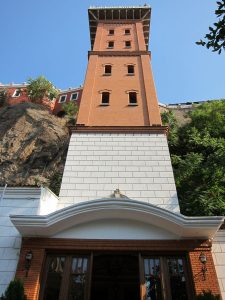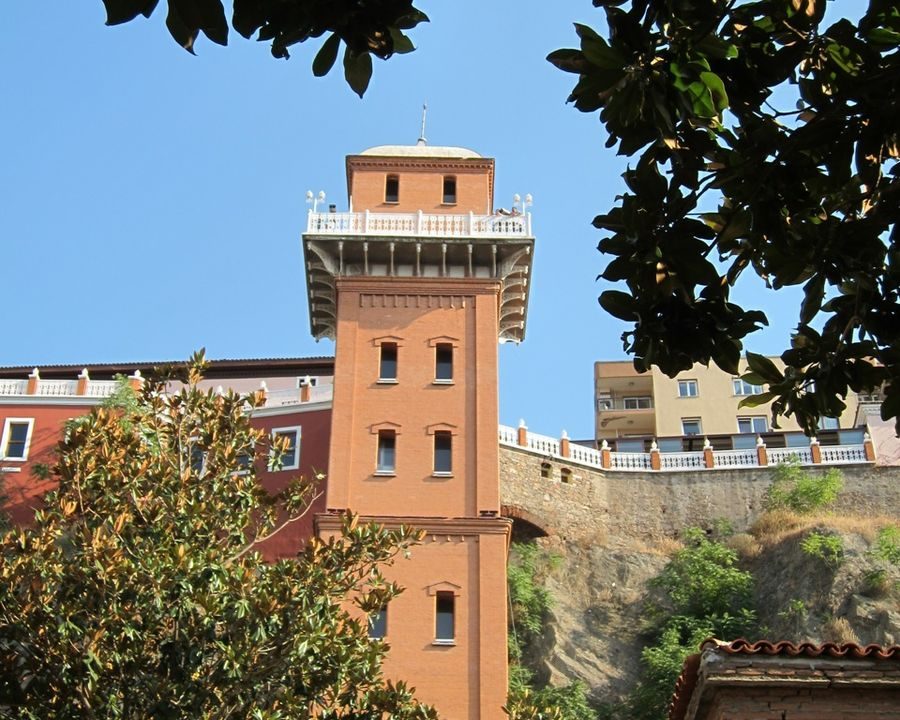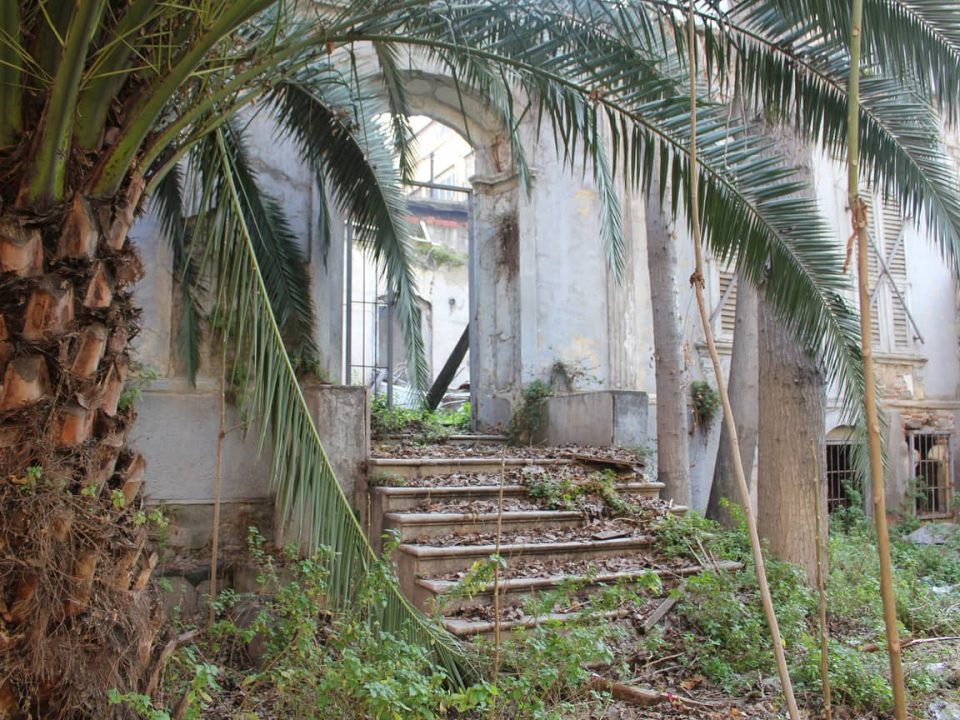The Portuguese Synagogue is the only synagogue in Izmir which identifies the origin of its founders. It is one of the six synagogues known to have existed in the period of Chief Rabbi Joseph Escapa, i.e., as of 1620s, and is referred to be the largest synagogue in Izmir in that period.
Portuguese Synagogue, considered to be the fortress of the anti-Sabbataists, closed its gates to Sabbatai Zvi when his movement expanded. On the other hand, Sabbatai and his supporters entered the synagogue by breaking the gates and chased away the rabbis who were the leaders of their opponents. Salomon Algazi, one of the founders of Algazi Synagogue, was among them.
When Sabbatai Zvi declared himself as the Messiah of the Jews and 18th June 1666 as the deliverance day in that raid, Portuguese Synagogue became the headquarters of the Sabbataist movement and a large group of the Jews of Izmir joined the movement.
Portuguese Synagogue was burnt in 1976 and restored in 2018, to serve as a social activities center.
926 Sok. No:44, Konak – İzmir
+90 232 464 07 18
ebrulitur@ebruliturizm.com.tr
Website
The Elevator was built by Nesim Levi, a Jewish businessman, in 1907 to over come the topographic barrier between the districts of Mithatpasa Street (at sea level) and Halil Rifat Pasa Street (at hill top).
This public street elevator tower, with originally water driven two lift cabins, was an innovative way of transportation facilitating pedestrian traffic, as well as contributing to the progress of the city.
 With its upper promenade, the historical Elevator is the best structure to get an unparalleled view of the Gulf of Izmir. Also, a charming old street exists at the foot of the Elevator, named after Dario Moreno, an international singer and a native of Izmir.
With its upper promenade, the historical Elevator is the best structure to get an unparalleled view of the Gulf of Izmir. Also, a charming old street exists at the foot of the Elevator, named after Dario Moreno, an international singer and a native of Izmir.At the beginning of the 20th century, before the construction of the Elevator, to move up and down in the area one had to choose between a long way to walk and 155 stairs to climb.
The Rabbinate building was built with support from the Rotschild of Vienna in 1840. The Rabbinate building is situated in the middle of a large garden surrounded by walls in the street once called the Hahambasi (Chief Rabbi) Street. The Rabbinate, as the name suggests, served as the offices of the Chief Rabbinate of Izmir.
Unleavened bread was made in a bakery erected adjacent to the Rabbinate in order to satisfy the needs of the Jewish community of Izmir during the “Passover” holiday. The central library and Yeshiva (theological school) of the Jewish community of Izmir had been located here and all the official affairs of the community were transacted at the Rabbinate by 1930.
The Rabbinate was evicted in 1997 and an office was rented at Alsancak to carry out the affairs of the community.


